Consider Swiss-Types For Medical Opportunities
Adopting the latest machining technologies is key for shops to accurately and repeatably create medical components. Swiss-style lathes offer a good combination of precision and repeatability for these applications thanks in part to their guide-bushing design, which provides support for the workpieces very close to the cut.
Most shops recognize that the U.S. medical market offers opportunities for those that can create intricate components from tough materials. Statistics show that this "hot" market will likely stay "hot" for some time.
The United States has the largest and most sophisticated medical market in the world. Sales in 2002 reached $71.3 billion, which represents approximately half of the world market, and this figure has been growing at a compound annual rate of 8 percent for the last three years, according to the report "The U.S. Market for Medical Devices—Opportunities and Challenges for Swiss Companies."
The U.S. medical market is strong largely because of the country’s aging population. Today, there are 35 million people aged 65 and older, but by 2075 there will be an estimated 69 million in that age group. Combined with growing demand, the rising cost of healthcare is another reason why the medical sector is an attractive new-business arena for manufacturers. Insurers and healthcare providers are creating pressure to reduce costs by increasing manufacturing productivity, which presents opportunities for shops with the capability to machine medical parts and devices efficiently.
Adopting the latest machining technologies is key for shops to accurately and repeatably create medical components. The need for sophisticated machining practices is driven by difficult materials, shrinking component sizes and the complex operations needed to create tight-tolerance features on these parts. Swiss-style lathes offer a good combination of precision and repeatability for these applications thanks in part to their guide-bushing design, which provides support for the workpieces very close to the cut.
Medical Applications, Operations For Swiss-Types
Several segments of the medical sector can be served by shops using Swiss-type turning processes. These include interventional cardiology devices (stents, catheters and surgical tools); orthopedic devices (bone screws, implants and joint replacement); minimally invasive surgical equipment (laparoscopic devices); diagnostics (point-of-care testing instruments); wound care (staples, suture anchors and clips); and dental implants and equipment. Each of these markets is valued in the billions of dollars globally.
Here are some tips for producing common medical component features on Swiss-type lathes:
Micro-machining—Machining on a small scale requires a proper mindset in terms of part handling, tool handling, inspection and secondary operations. However, it starts with machine accuracy, because even the best tooling won’t help if the machine lacks positioning accuracy. Minimizing runout is also important. Runout that might be acceptable for a standard-size part likely isn’t acceptable when machining tiny features on tiny parts. It is important to use high-precision collets for the machine’s main spindle, pickoff device and guide bushing.
High-frequency spindles are also essential for drilling and milling tiny features into parts while achieving the desired surface finish, accuracy and tool life. For example, drilling a 0.005-inch hole in stainless steel requires a spindle speed in the neighborhood of 11,500 rpm. But if the workpiece is coated in titanium nitride (TiN), which is a hard, ceramic material often used as a non-toxic exterior for medical implants, then higher than 19,000 rpm is necessary. These spindles can be mounted in various configurations to meet specific needs.
Internal broaching—When performing internal broaching, it is important to use the proper broaching tools and to prepare the workpiece for the operation. Preparation for internal broaching requires creating a pilot hole with a 90-degree chamfer. This prevents the broach’s points from chipping upon entering the cut and allows the broach to follow the centerline. It may be necessary to remove material for the feature’s corners with a small end mill. Depending on the size of the chips, deburring passes may also be required.
Rotary broaching—Wobble or rotary broaching uses a tool with a shape that’s similar to the final feature shape, except that it has a clearance ground into it. The tool axis is typically inclined 1 degree from the workpiece axis. As the broach rotates, it presses against the workpiece. The 1-degree incline causes the leading edge of the tool to "wobble" with respect to the workpiece. If the tool is inclined by 1 degree, then the sides of the tool must have a clearance angle of at least 1 degree, too. Ideally, the tool advances at the same rate it cuts. For example, a 0.5-inch-diameter tool should advance at 0.009 inch per revolution. (This feed is determined by multiplying 0.5 inch by the sine of 1 degree.) In general, wobble broaches do not cut as accurately as a punch broach, so their use should be determined by the application.
Thread whirling—Often used to cut special form threads in difficult-to-machine materials, this technique is not as limited as other threading operations. Thread whirling is typically used for bone screws that have a significant length-to- diameter ratio; deep, high-helix buttress thread forms; and extreme differences between major and minor diameters. ID thread whirling is effective for producing clean, burr-free thread contours with no residual chips. Plus, it enables threading down to the bottom of a hole. Thread whirling can produce thread sizes as small as M1.4 (0.0551 inch).
Alternatives to thread whirling include a die head (not appropriate for materials such as titanium); thread milling (requires pre-turning, special cutters and special supports in some cases); single-point turning (appropriate for short screws, but long screws need support); thread rolling (requires accurate pre-turning and doesn’t work on buttress-style threads in hard materials); and grinding (can’t be performed on a Swiss-type lathe).
Gundrilling—Cannulated (hollow) bone screws have a space that allows bone marrow to grow. This feature also facilitates the insertion of guide pins for bone screws used in fracture fixation. Many shops are purchasing cannulated stock because demand for cannulated bone screws is increasing. However, maintaining inventory of hollow material that can be used only for such screws can be expensive. Gundrilling allows shops to machine these screws effectively from solid bar stock. It offers high drilling quality, process reliability, effective chip removal, minimal runout and significant length-to-diameter ratios.
About the author: Scott Kowalski is president of Tornos Technologies U.S. Corp. (Lombard, Illinois).
Related Content
Kyzen Solvents Provide Ease of Cleaning for Medical Parts
The Metalnox line of solvent products are designed to improve reliability and increase the ease of cleaning in vacuum and vapor degreasing processes.
Read MoreSolidCAM Wants to Help Machine Shops Get into Additive Manufacturing
SolidCAM's partnership with Desktop Metal is aimed at making additive manufacturing more accessible to job shops and other manufacturers.
Read MoreView From My Shop, Episode 2: 3D Printing and Postprocessing With Tangible Solutions
Collaboration between Tangible Solutions’ additive and machining departments simplifies their work. Learn more in this episode of The View From My Shop.
Read MoreEDM, Laser Micromachining and More at GF Medical Demo Center
At GF’s Medical Center of Competence, the company shows off EDM and laser features that could make a large impact on medical manufacturing — and elsewhere.
Read MoreRead Next
3 Mistakes That Cause CNC Programs to Fail
Despite enhancements to manufacturing technology, there are still issues today that can cause programs to fail. These failures can cause lost time, scrapped parts, damaged machines and even injured operators.
Read MoreThe Cut Scene: The Finer Details of Large-Format Machining
Small details and features can have an outsized impact on large parts, such as Barbco’s collapsible utility drill head.
Read More
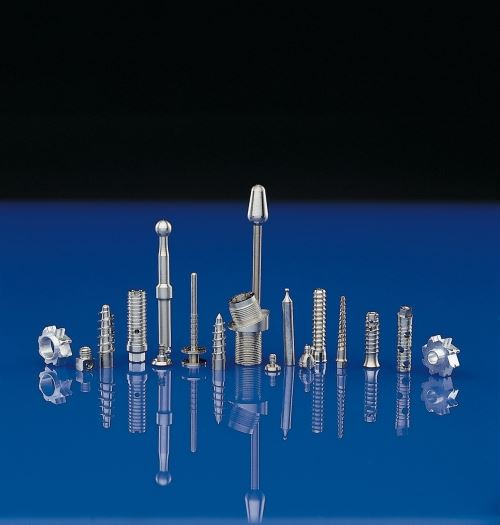
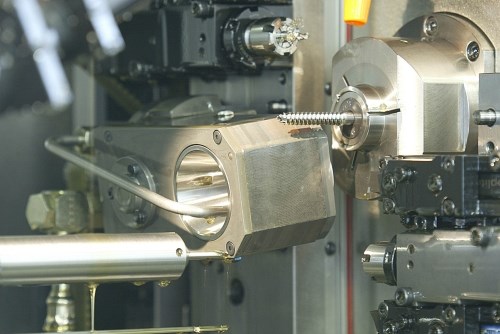







.jpg;maxWidth=300;quality=90)














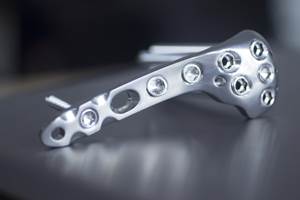

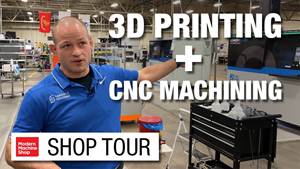
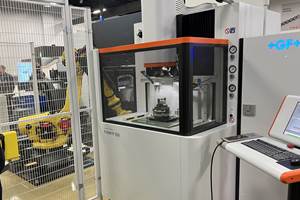



.jpg;maxWidth=970;quality=90)